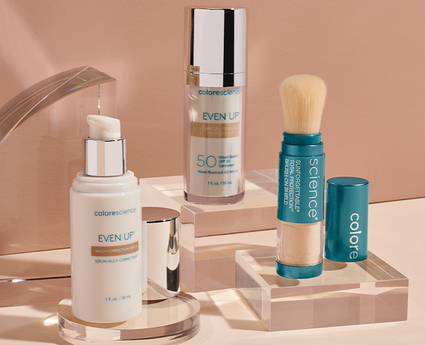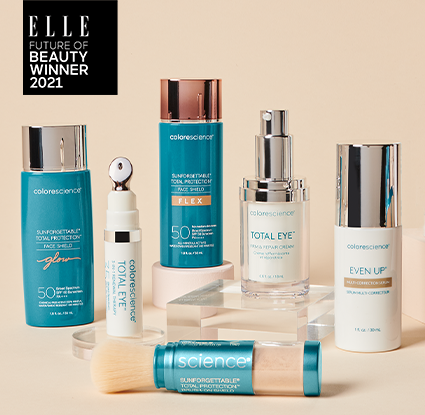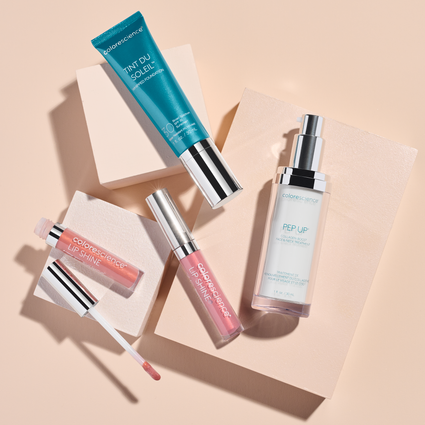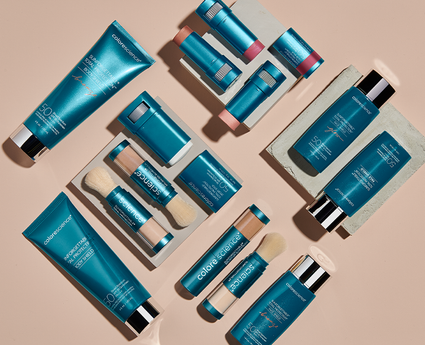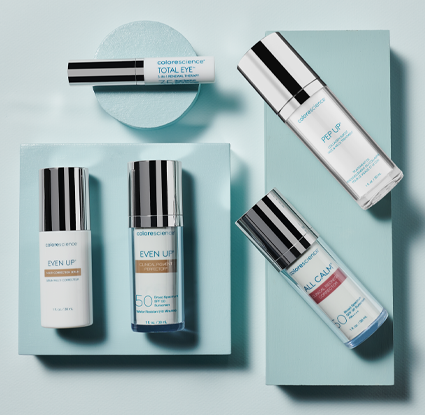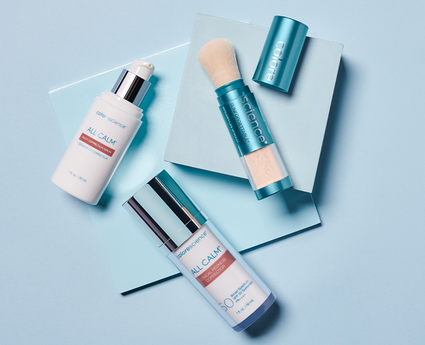More Than Skin Deep: The Emotional Effects of Biotin Rosacea
Imagine waking up one morning with red, inflamed, and broken-out skin with no explanation – feeling powerless because your efforts to clear or cover your complexion only exacerbate the problem. This is a reality for over 16 million Americans who are living with this both emotionally and physically painful skin condition. In a survey done by the National Rosacea Society, they found that 95 percent of rosacea patients had little or no knowledge of rosacea’s signs or symptoms prior to their diagnosis. With so many suffering without the tools or knowledge to combat the problem, it’s so important to spread awareness, not only during National Rosacea Awareness Month in April, but throughout the entire year.
Flushed cheeks, redness, irritation, and pimple-like bumps characterize the physical symptoms of rosacea, but the negative effects go far beyond the physical. YouTube vlogger Amber from Girlbehindthechair09 shares in her Rosacea Diaries how her struggle with rosacea caused her to miss out on her favorite activities. “There were times I didn’t want to film my videos because of my skin. I didn’t want to go swimming without makeup on or exercise because it caused flare-ups.”
Board Certified Dermatologist, Kim Nichols, MD sees it first-hand from patients in her practice. “It affects patients in ways they may not express. They get embarrassed in social situations when they feel like they’re flushing. They may have a glass of wine at a dinner party and then not be as social or outgoing as they want to be.” It’s important to know what triggers your symptoms, since everyone’s skin is unique. A spicy carne asada taco may be your top trigger, while a hot yoga session may set off another.
While it’s important to discover what specifically triggers your rosacea symptoms, everyone suffering with this skin condition should be applying sunscreen liberally, and reapplying throughout the day. In a survey by The National Rosacea Society, sun exposure was named the top trigger for rosacea flare-ups by 81 percent of patients. It is also linked to the small, visible blood vessels (telangiectasia) and severe redness often associated with rosacea. Board Certified Dermatologist, Dr. Loretta Ciraldo, MD agrees. “You’ve got to be sure that sunscreen becomes your best friend. And in fact if you are someone that has rosacea, we don’t want you leaving your house at all without sunscreen. Keep it next to your toothpaste.”
And not just any form of sun protection will do. Chemicals found in many sunscreens will only worsen symptoms, leading sufferers to not want to apply anything to their skin. According to the National Rosacea Society, you should look for non-chemical sunscreens that contain zinc or titanium dioxide and deliver UVA/UVB protection with an SPF of 15 or higher. Colorescience Sunforgettable Mineral Sunscreen Brush SPF 50 fits the bill with a non-irritating physical formula that sits on top of the skin. The brush on powder makes it super easy to apply and reapply without the white cast or greasy texture of some other sunscreens. According to Board Certified Dermatologist, Dr. Doris Day, MD in an interview with ABC News, a sunscreen with limited ingredients and a high SPF is crucial for rosacea-prone skin. “What you don’t put on your skin is just as important as what you do put on your skin. Sun protection is so important – an SPF of 30 or higher. You really want less in the product, rather than more.”
The rule of less is more holds true for more than just sunscreens. When you’re dealing with a red, ruddy complexion and acne-like breakouts, the immediate reaction is to cover up. The majority of cosmetics only further sensitize the skin and make the problem worse. Fragrances, oils, and harsh chemicals can inflame the skin only making the skin redder and more irritated. YouTube vlogger, Caecille Johansen from Makeup and Medicine, has first-hand experience with this issue. “People with rosacea often have very irritated and highly sensitive skin and it can be very reactive to skin care products and makeup. As with any other skin condition affecting the face you can get very insecure and feel unattractive.”
Formulated without skin-irritating ingredients, Colorescience Skin Calming Face Primer SPF 20 is a great solution because it helps to calm and soothe the skin with antioxidant-rich cactus extract. The universal golden-nude shade also neutralizes redness and instantly evens tone. It’s important to build a strong moisture barrier to shield sensitive skin from irritants that can aggravate the skin. Colorescience Tint du Soleil SPF 30 UV Protective Foundation offers that necessary moisture from ceramides and milk lipids, along with sheer coverage and a blend of vitamins and peptides to improve the appearance of the skin, without causing aggravation. Colorescience Concierge Team Member, Teri Westover credits Colorescience products, including Skin Calming Primer, with reducing the look of redness and helping her skin feel hydrated.
(Left photo: bare skin, right photo: with Colorescience primer and foundation)
In short, although there is no current cure for rosacea, the symptoms can be treated and triggers reduced, which will in turn boost confidence and lessen the damaging emotional effects. Remember to always wear sunscreen and reapply throughout the day to guard against the sun’s harmful rays. If you choose to conceal your redness, choose products with limited, natural ingredients that are both moisturizing and soothing.

